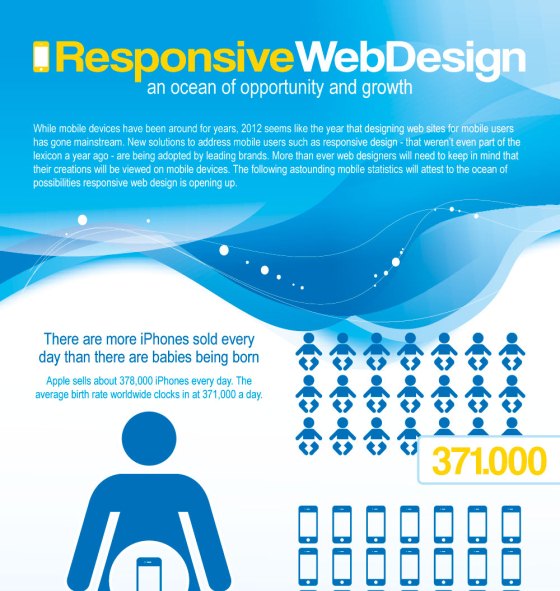The Development Of Web Design: After That And Now
The Development Of Web Design: After That And Now
Blog Article
Material Writer-Kinney Lunde
In the past, sites were basic and concentrated on details. Navigation was direct, and style was for desktop computers. Currently, individual experience is key. Information guides designs for easy navigating. Receptive layouts match various devices. Today, dark mode lowers stress, and minimalist food selections boost navigation. Interactive functions engage individuals, and strong visuals stand out. AI assimilation increases involvement. See exactly how design has actually evolved to boost your on the internet trip.
Very Early Days of Website Design
In the very early days of website design, simpleness reigned supreme. Web sites were standard, with limited colors, fonts, and layouts. The emphasis was on offering info instead of fancy visuals. Customers accessed the internet through sluggish dial-up connections, so speed and functionality were vital.
Navigating menus were straightforward, normally situated on top or side of the web page. Sites were designed for computer, as mobile surfing wasn't yet widespread. Web content was king, and designers focused on very easy readability over complicated layout elements.
HTML was the key coding language made use of, and designers needed to function within its restrictions. Computer animations and interactive features were very little compared to today's standards. Web sites were static, with little dynamic web content or tailored individual experiences.
Rise of User-Focused Layout
With the development of website layout, a change in the direction of user-focused design concepts has actually become significantly popular. Today, producing web sites that prioritize customer experience is critical for engaging visitors and achieving organization goals. User-focused layout includes comprehending the demands, choices, and actions of your target audience to tailor the internet site's design, material, and features appropriately.
Developers now conduct comprehensive study, such as customer studies and use testing, to gather understandings and comments directly from users. This data-driven approach helps in creating user-friendly navigating, clear calls-to-action, and aesthetically appealing interfaces that resonate with site visitors. By putting the individual at the facility of the design procedure, internet sites can supply a more individualized and satisfying experience.
Receptive design has actually likewise become a key aspect of user-focused design, ensuring that websites are enhanced for numerous tools and screen dimensions. This adaptability improves access and functionality, dealing with the diverse methods users communicate with websites today. Essentially, the surge of user-focused style indicates a shift towards producing electronic experiences that focus on the requirements and expectations of the end user.
Modern Trends in Website Design
Explore the current trends shaping web design today. One noticeable fad is dark mode layout, using a streamlined and modern look while decreasing eye strain in low-light atmospheres. One more vital pattern is minimal navigation, simplifying menus and improving customer experience by focusing on essential elements. Incorporating micro-interactions, such as computer animated buttons or scrolling results, can create an extra interesting and interactive web site. Responsive layout stays critical, making certain smooth customer experiences across numerous devices. Additionally, using vibrant typography and asymmetrical layouts can include visual interest and accentuate specific material.
Incorporating AI modern technology, like chatbots for client assistance or tailored referrals, boosts user involvement and improves procedures. Access has additionally come to be a considerable pattern, with designers focusing on inclusive layout techniques to satisfy diverse individual needs. Welcoming sustainability by maximizing site efficiency for speed and effectiveness is one more emerging fad in website design. Collaborating with customer comments and data analytics to repeat and enhance layout constantly is vital for remaining pertinent in the ever-evolving electronic landscape. By welcoming these modern trends, you can create an aesthetically enticing, easy to use internet site that resonates with your audience.
Final thought
As you review the evolution of site layout from the early days to now, you can see just how user-focused style has become the driving force behind modern fads.
Embrace https://www.entrepreneur.com/article/370201 of change and adaptation in web design, constantly keeping the individual experience at the forefront.
Remain existing with the most recent fads and technologies, and never ever quit developing your approach to develop aesthetically sensational and straightforward websites.
Advance, adjust, and develop - the future of website design remains in your hands.
